GE, Kratos broaden engine partnership, targeting ‘lower end’ CCA
The duo’s new GEK1500 engine is set to offer 1,500 pounds of thrust and is expected to be demonstrated next year.


A rendering of the GEK1500. (GE and Kratos image)
EVENDALE, Ohio — GE Aerospace and Kratos are kicking off development of a new engine to power “lower end” designs of Collaborative Combat Aircraft (CCA) drone wingmen, the two companies revealed today, expanding their existing partnership for producing a family of more affordable engines.
The new engine, dubbed the GEK1500, offers 1,500 pounds of thrust, and a prototype is expected to be demonstrated in 2026, GE and Kratos officials told reporters here during a visit to GE’s facilities on Monday. The engine scales up the architecture of an 800 pound thrust design unveiled by the two companies last year at the Farnborough air show.
According to GE Aerospace Edison Works Vice President and General Manager Steve Russell, the GEK1500 is aimed at the “lower end of the CCA market.” Whereas the GEK800 is an expendable engine meant to power platforms like cruise missiles, GE and Kratos modified the GEK1500 to include changes to materials, cooling and other features, but will still be in line with the Air Force’s expectations that CCA drones have limited lifespans and minimal maintenance, explained Craig Young, GE’s executive engineering director for hypersonic propulsion and small UAV engines.
“The key thing here, though, is the architecture for these small engines typically has been very cheap and straightforward, because they’ve been turbojets, and the turbojets just don’t give us the fuel burn and the efficiencies we need for the extended range in today’s fight,” Young said.
As a result, the GE-Kratos team-up “fit[s] a turbofan in a turbojet-size envelope” that enables the engine to remain affordable while offering better performance than comparable turbojets. (Like other media, Breaking Defense accepted accommodations from GE for the visit.)
The Air Force has previously stated interest in a range between 3,000 to 8,000 pounds of thrust for CCA wingmen. However, a top Air Force official recently predicted that future CCA may in fact come broadly in at the “low end,” capability wise.
GE and Kratos also anticipate the service and others like the Navy and Marine Corps will “look at a range of sizes of aircraft,” said Mark Rettig, vice president and general manager of advanced programs at GE’s Edison Works.
“There are opportunities in a variety of spaces for a 1,500 pound-thrust class engine, whether it’s somewhat reusable or expendable,” Rettig said. (Beyond the US, other countries will have their own drone wingmen and other unmanned requirements that the team could vie for.)
The engine design draws from work Kratos previously performed for the Air Force, which provided the company initial funding to develop a lower thrust engine design. Kratos later engaged GE in 2023 to scale up the engine to achieve 800 pounds of thrust. As part of the announcement of the GEK1500, the two companies said they are expanding upon a memorandum of understanding signed at last year’s Farnborough air show to formalize a framework for producing the GEK800, as well as scaling beyond it.
“Taking a large engine and scaling down is very difficult because of the design, the tolerances, the manufacturing,” said Stacey Rock, president of Kratos’s turbine technologies division. Describing the relatively inferior performance of turbojets as equally problematic, Rock said that “there’s challenges, so I think this team’s really hit a sweet spot where we balance each other, and that’s even without the affordability piece.”
Inside GE’s manufacturing facilities, GE and Kratos officials allowed reporters to view a version of the GEK800 under testing, which roughly appeared three feet long and about a foot in diameter. The first “product engine” should be complete and start testing by January, Young said. According to Russell, the engine will have a cost somewhere in the range of roughly a couple hundred thousand dollars per unit.



























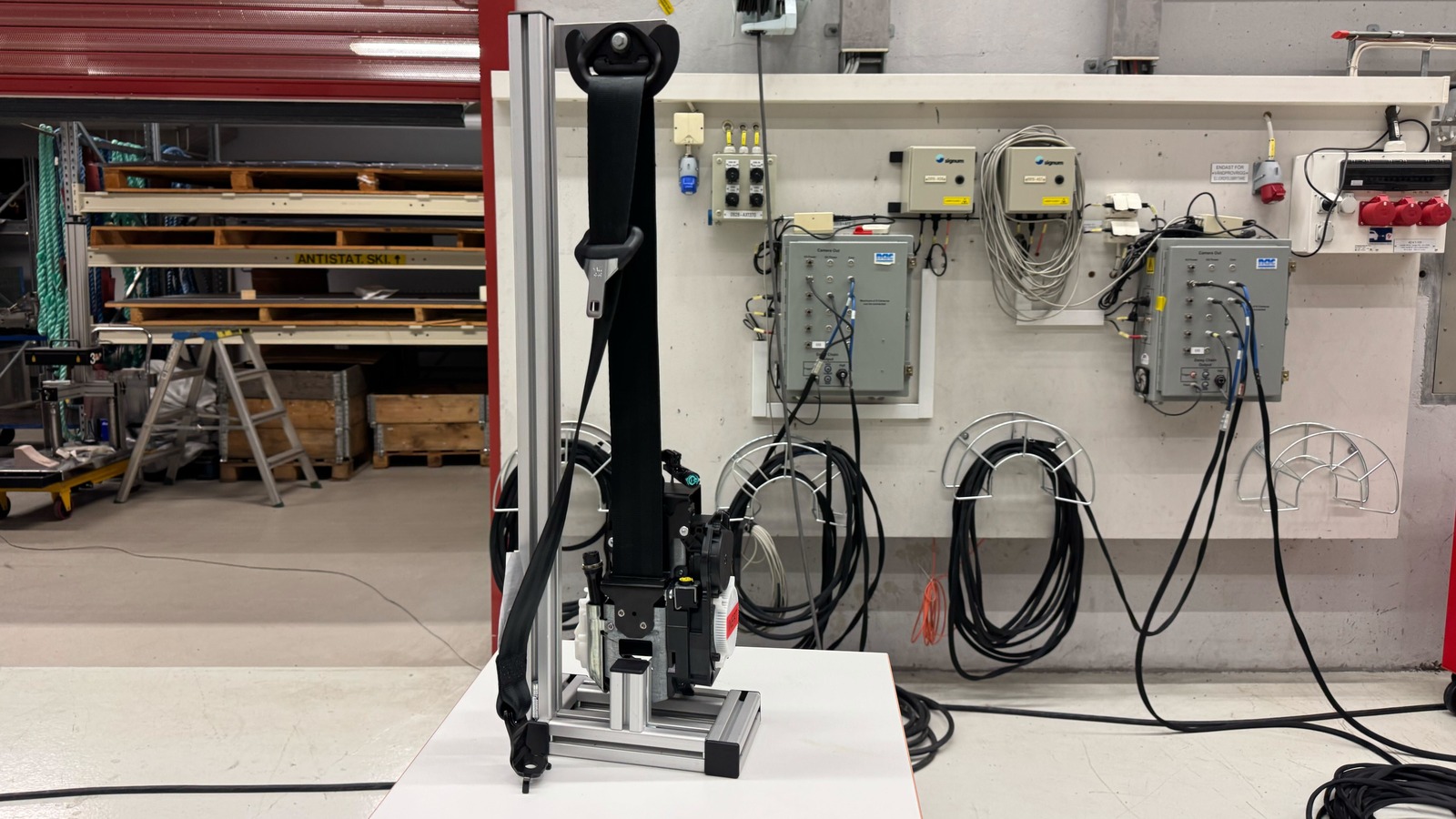






























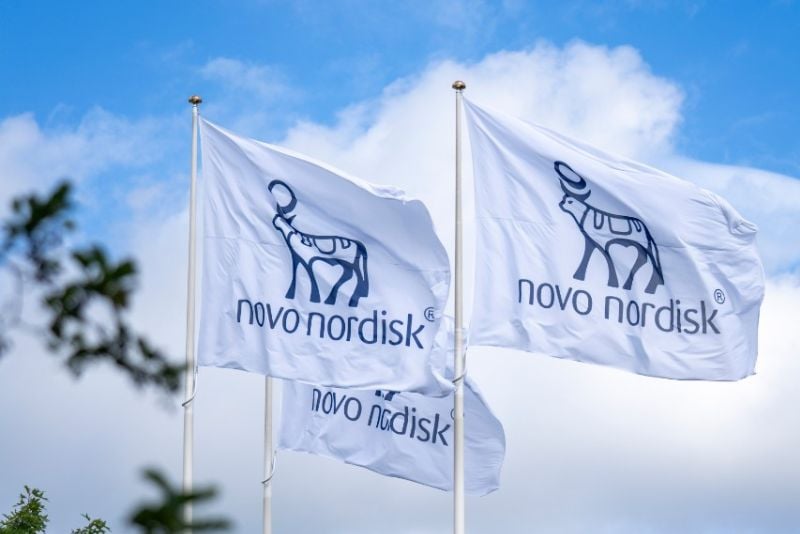






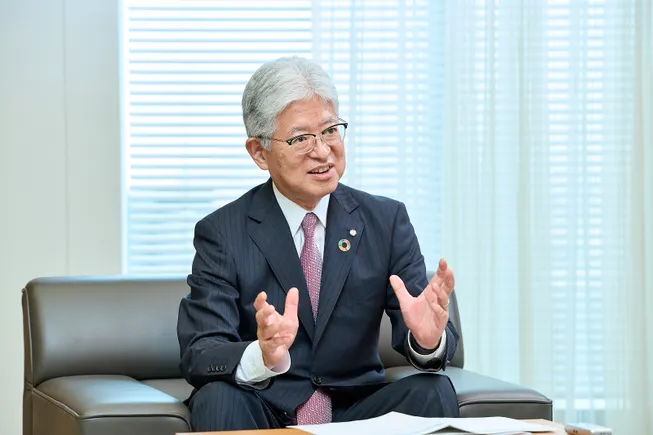

















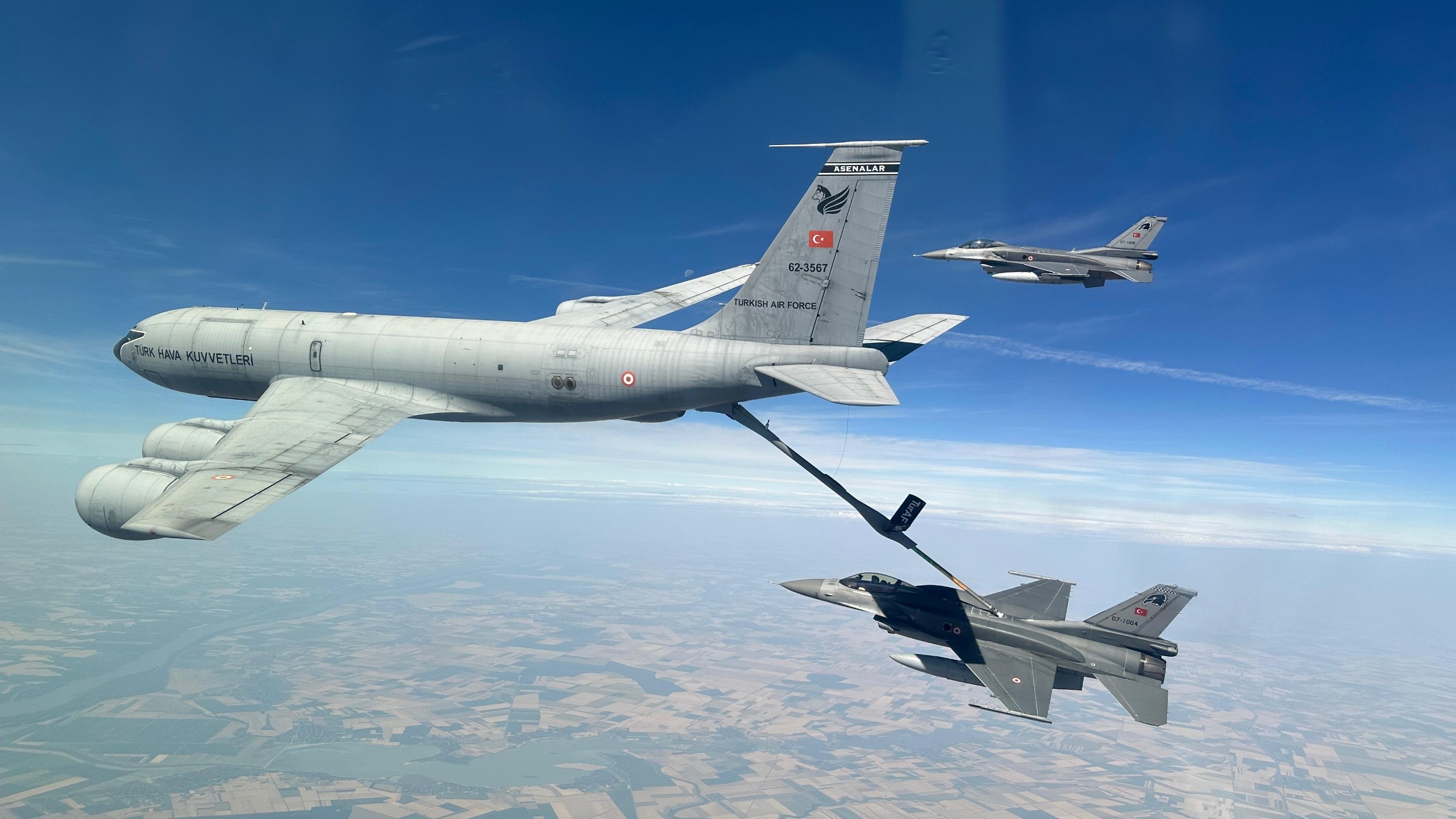















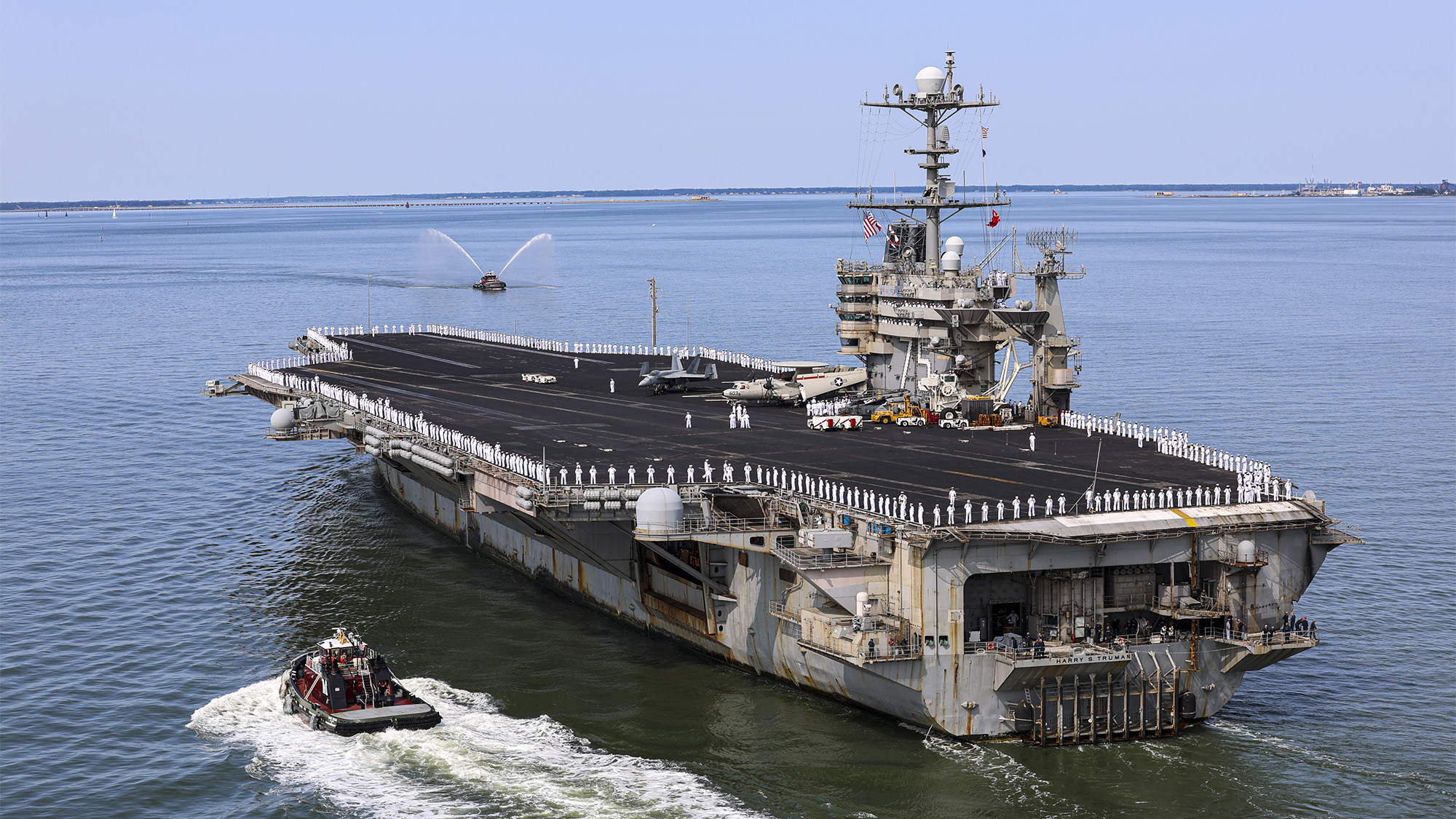
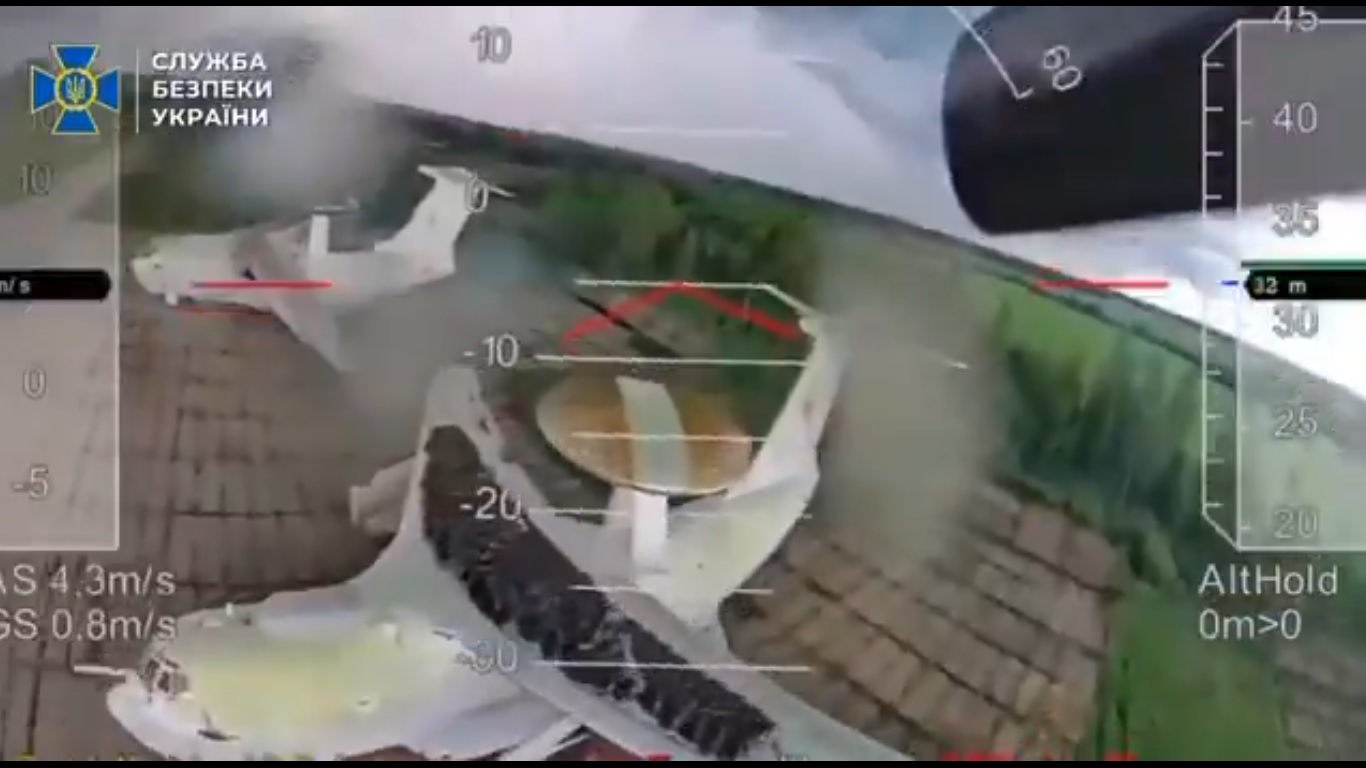








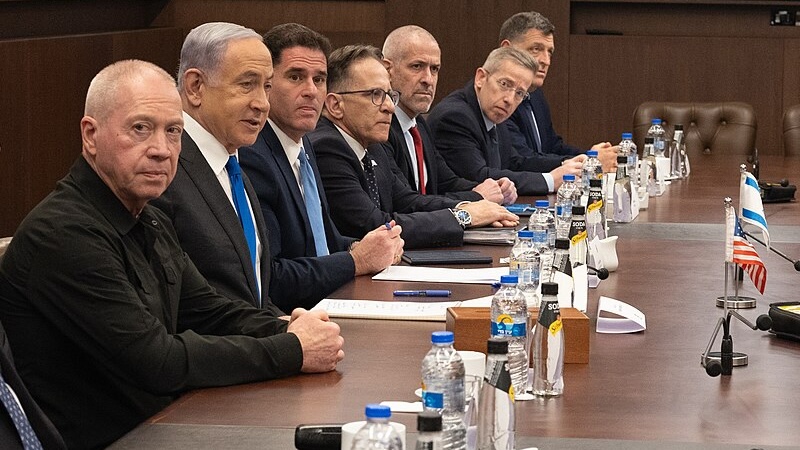
































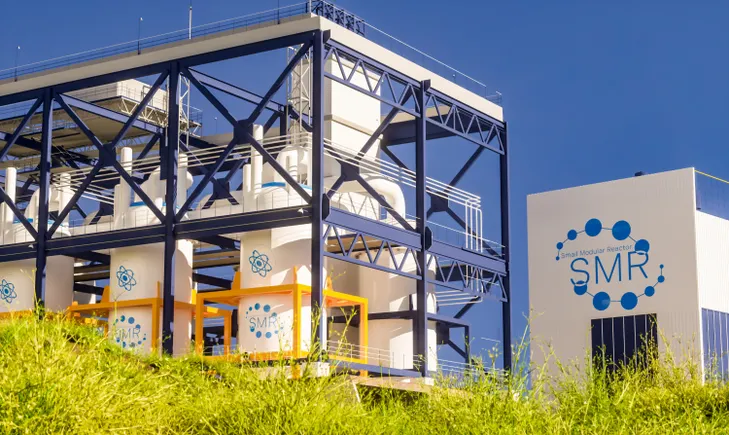

![[Video] The Weekly Break Out Ep. 19: Army aviation’s shakeup and the F-35’s future](https://breakingdefense.com/wp-content/uploads/sites/3/2025/05/EP-19-THUMB-play-button.jpg?#)




